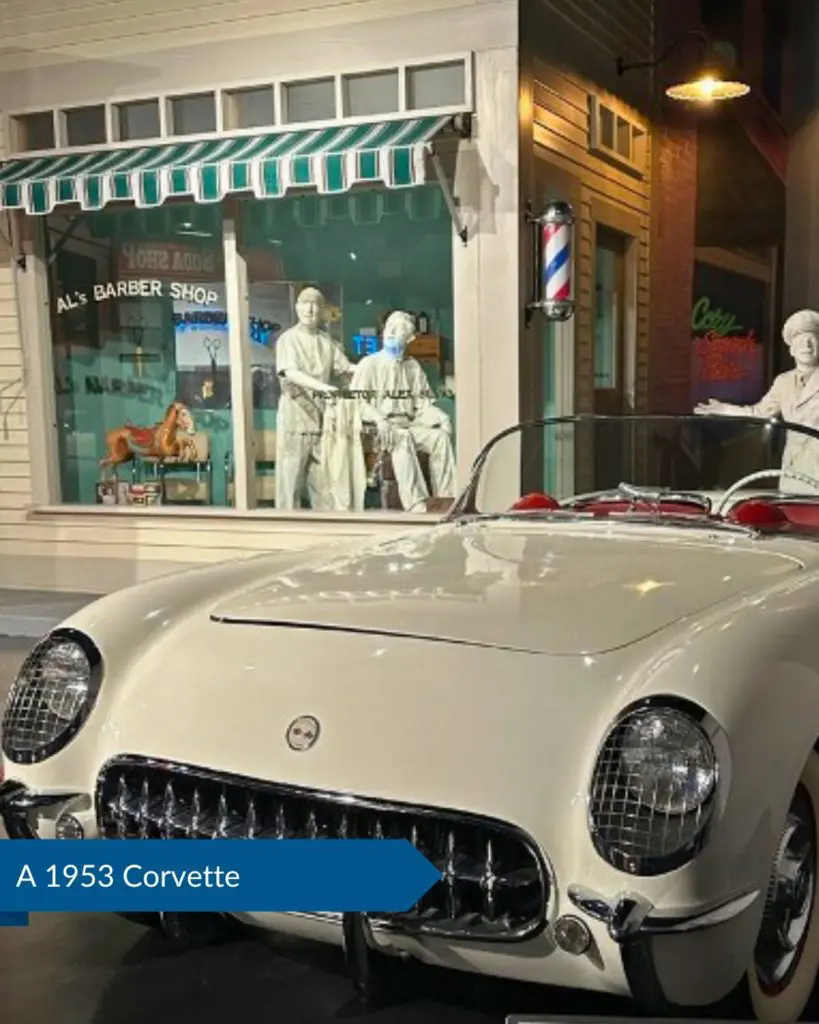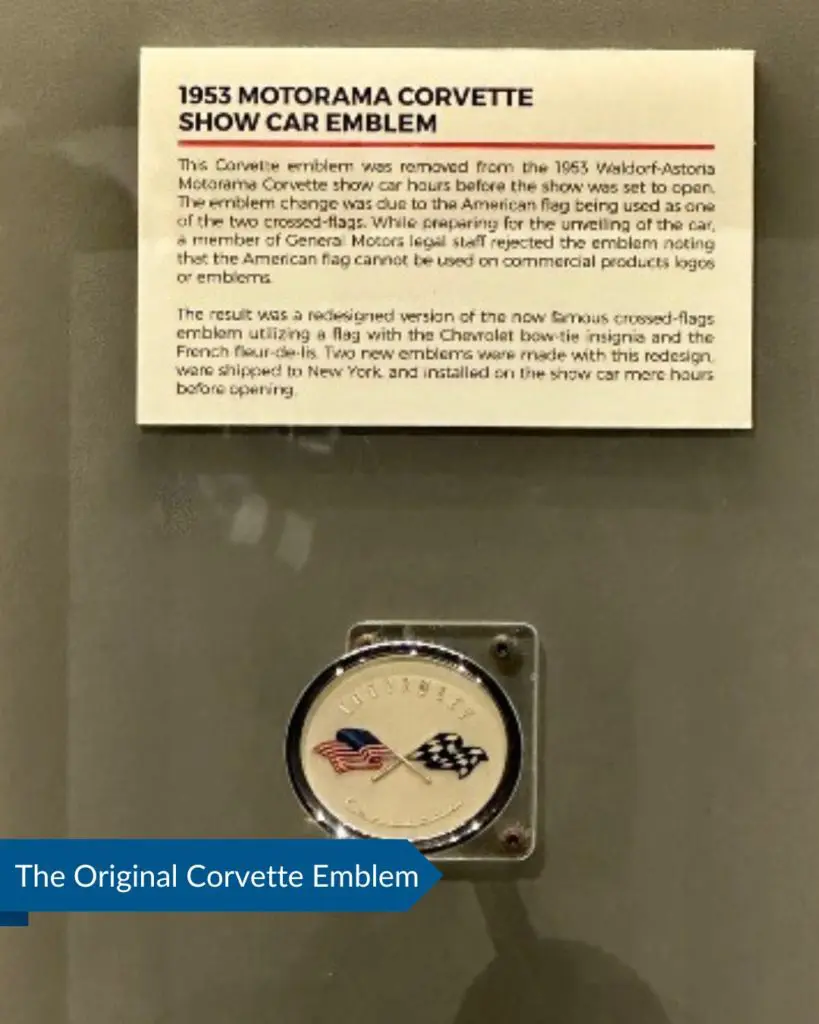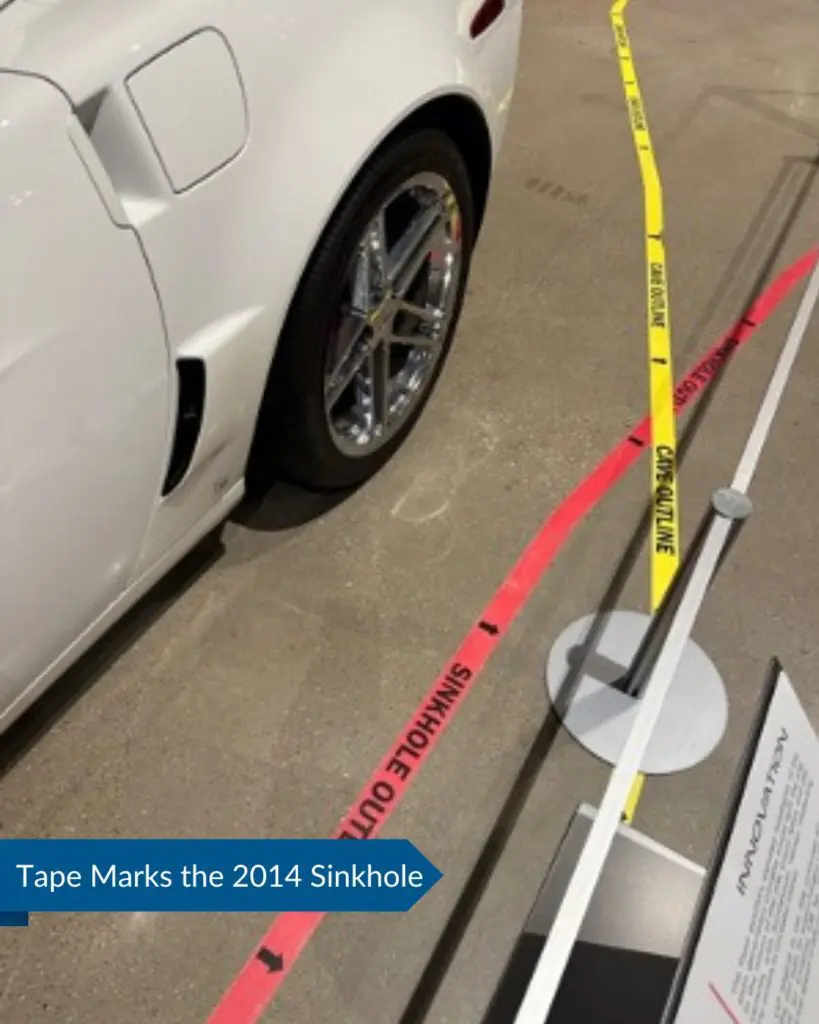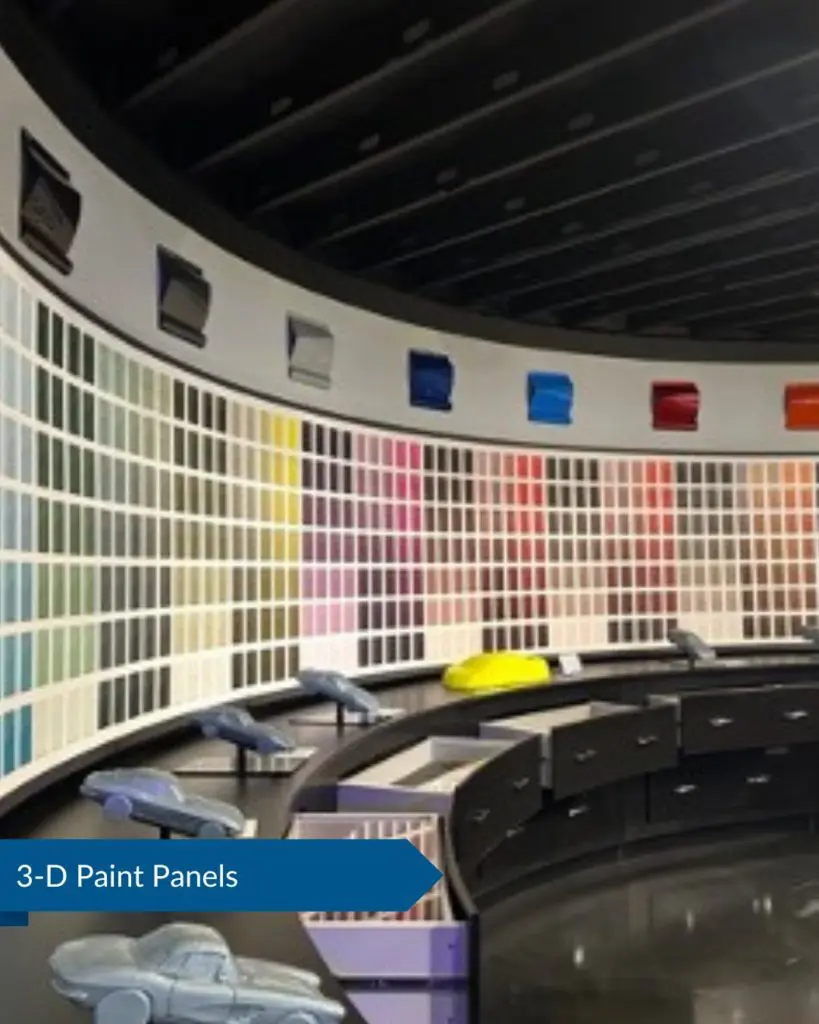Recently, my family detoured during a Kentucky road trip to stop at the National Corvette Museum. It was fascinating to see the historic cars and visit the site of the massive sink hole disaster that pulled eight cars into the Earth in 2014. What really struck me was to learn how Corvette’s continual innovation has allowed them to remain successful over the past seven decades. After all, Corvette is the longest running continuously produced passenger car. I’ve gathered a few successful change and transformation best practices that can help you prepare your own organization to stay ahead of the competition.
Listening for Feedback
As we explore in our Executive Guide, Designing an Organization for a Differentiated Customer Experience, before you can optimize your customer’s experience, you must first understand how they view your brand. As they prepared to launch the Corvette, General Motors and Chevrolet were smart about collecting broad feedback. At the 1953 Motorama, an automobile showcase open to the public, they planted microphones to hear the comments people made about the cars. They then used this feedback to increase the success of the official public launch of Corvette later that year.
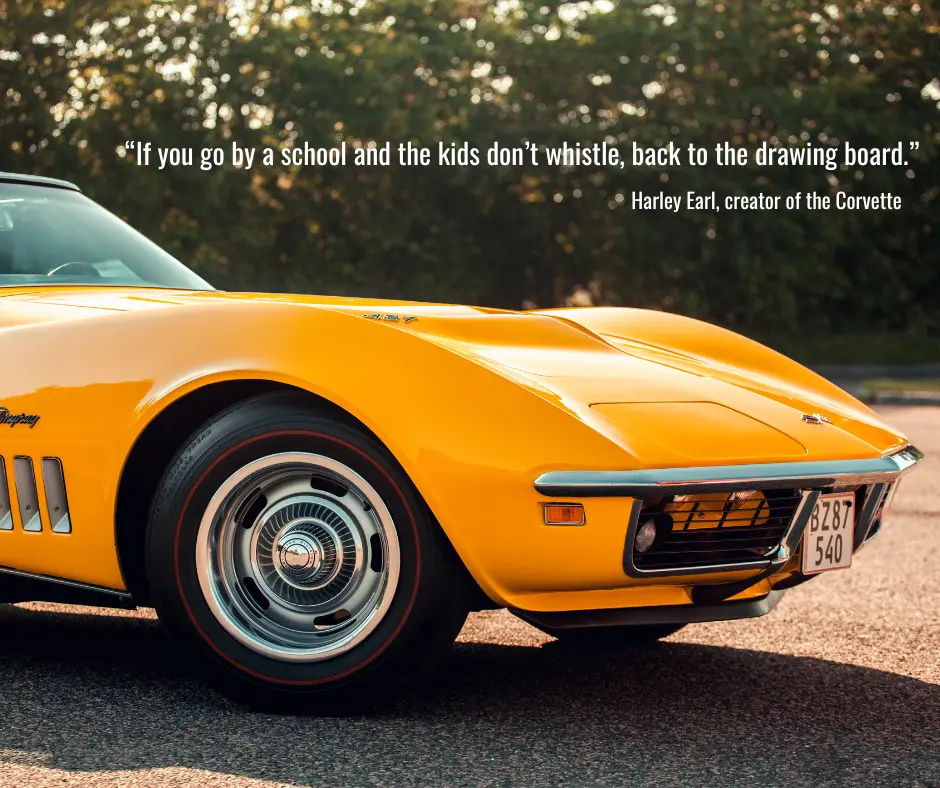
Chevrolet even went so far as to crowd-source the name. The suggestion to do so was made after an external firm’s naming ideas fell flat. In early 1953, Chevrolet formed a special committee to review over 300 proposed names for their new two-door, two-seater sports car. They knew they wanted the name to start with “C” to go with Chevy, but none of the names proposed by the outside marketing firm quite hit the mark.
They decided to open the naming brainstorm to their employees. Myron Scott, GM’s assistant director of public relations, went home and began looking through his dictionary for words that began with “C”. He stumbled upon the word “corvette,” a type of nimble warship. This term grabbed his attention and felt like a suitable match for a modern-day sports car. He pitched the name “Corvette” to the executives at GM, who accepted. Today, the word Corvette is synonymous with all-American speed and style.
Photos from Rebecca Ellis’s museum visit
Optimizing Failures and Mistakes
Successful change isn’t possible without experiencing some mistakes along the way. This was certainly true in the case of Corvette, which had to make a major change the day before the car was unveiled at Motorama. Chevrolet Interior Designer Robert Bartholomew had created the original logo. It was made of two crossed flags, one American, the other checkered flag with “Chevrolet Corvette” written on it. Just four days before Motorama, the legal team realized they had a problem: it’s illegal to use the American flag in logos and advertisements.
Rather than scrap the launch, the design team scrambled to create a new logo.
They created a red flag with the Chevy logo and a fleur-de-lis signifying the French origin of the name “Chevrolet.” The launch went forward as planned, but the logo continued to evolve and is currently in its 10th iteration. The fleur-de-lis remains one a feature of one of the most recognizable brands of the last century.
Honesty and Transparency
In our blog, “5 Essential Business Values,” we talk about the role that trust and integrity play in creating a lasting relationship with the customer. Corvette put these practices to play following a shocking event early one morning in February 2014.
On Feb. 12, security cameras caught a 40-foot-wide sinkhole opening underneath the skydome of the National Corvette Museum. The incident damaged eight of the most valuable Corvettes in existence, making international news. Instead of trying to brush past the incident, the museum capitalized on it. They opened a special exhibit two years to the day after the disaster. Today, you can learn which cars were damaged and experience a simulation of the collapse. You can even play an interactive game that allows you to “recover” the lost Corvettes and put them safely in their new bays.
One of the hallmarks of a progressive company is its willingness to be transparent about its challenges and shortcomings. Some disasters are unavoidable, yet corporations may still struggle to be transparent. GM, on the other hand, showcased a progressive ethos when they faced the sinkhole disaster. Instead of concealing the incident, they chose to confront it head-on and shared it openly with the public. The result? Museum attendance grew for three consecutive years after the exhibit opened, with nearly a quarter-million visitors in 2017.

Cultivating a Following and Caring for the Change Agent Network
As the saying goes, “Corvette isn’t just a car, it’s a lifestyle.” Thousands of enthusiasts have embraced this motto and formed clubs where they can host car shows and parades, organize charity programs, celebrate milestones and discuss the pros and cons of each new model. The clubs are self-organized under guidelines from the Corvette Museum. Each club has an ambassador responsible for communicating with the museum and sharing ideas for improvement. The first club, founded in 1957, is almost as old as the car itself. Today clubs exist in every state in the nation.
What can we learn from this? These clubs help create a sense of camaraderie among Corvette owners and solidify their dedication to the brand. By supporting these clubs and incorporating their feedback, Corvette has built a thriving culture around the vehicle and helped secure the brand’s legacy. This might prompt us to reflect on our own organizations and ask, “What are we doing to support our biggest fans and foster loyalty? How are we collecting feedback from change agents and incorporating it into future projects?” We can’t all be Corvette, but every organization has internal and external advocates who should be heard and recognized.
Don’t Be Afraid to Mess with a Good Thing
Despite its initial success, the designers at Corvette did not rest on their laurels. They kept the brand at the forefront of the American car market by continuing to innovate – and have experienced both successes and failures along the way.
In its first decade, Corvette only existed as a convertible. In 1963, Chevrolet launched the fixed-roof “split-window” Corvette Sting Ray coupe. I can only imagine this had to be a risky decision, as the brand had become synonymous with convertibles.
Sales doubled and it became a year-round car for drivers in colder climates. Unfortunately, the split in the rear window obscured the driver’s vision. Production of the model was cancelled after a year. Ironically it’s this rare split-window design that makes the 1963 Corvette one of the most valuable collectors’ cars.
The innovation continues. According to our tour guide, today GM is leveraging 3D printing to try new paint colors at scale. We saw how some small 3D panels are printed to show how colors might show up differently based on the angles. I can imagine this is quite a large change for an organization who likely has a function dedicated to prototype production and finishes.
A Legacy of Successful Change
The remarkable journey of Corvette and GM exemplifies the power of change, innovation, and transformation in the automotive industry. From embracing customer feedback and 3D printing to acknowledging past mistakes and preserving heritage, Corvette and GM have proven their ability to adapt and thrive in a dynamic marketplace. Moreover, their commitment to transparency, honesty, and their passionate community of enthusiasts has further fueled their success. As we continue to move forward, let us remember the lessons learned from Corvette’s legacy. Embrace change, push the boundaries of innovation and foster a culture of transparency and resilience to shape a better tomorrow.

